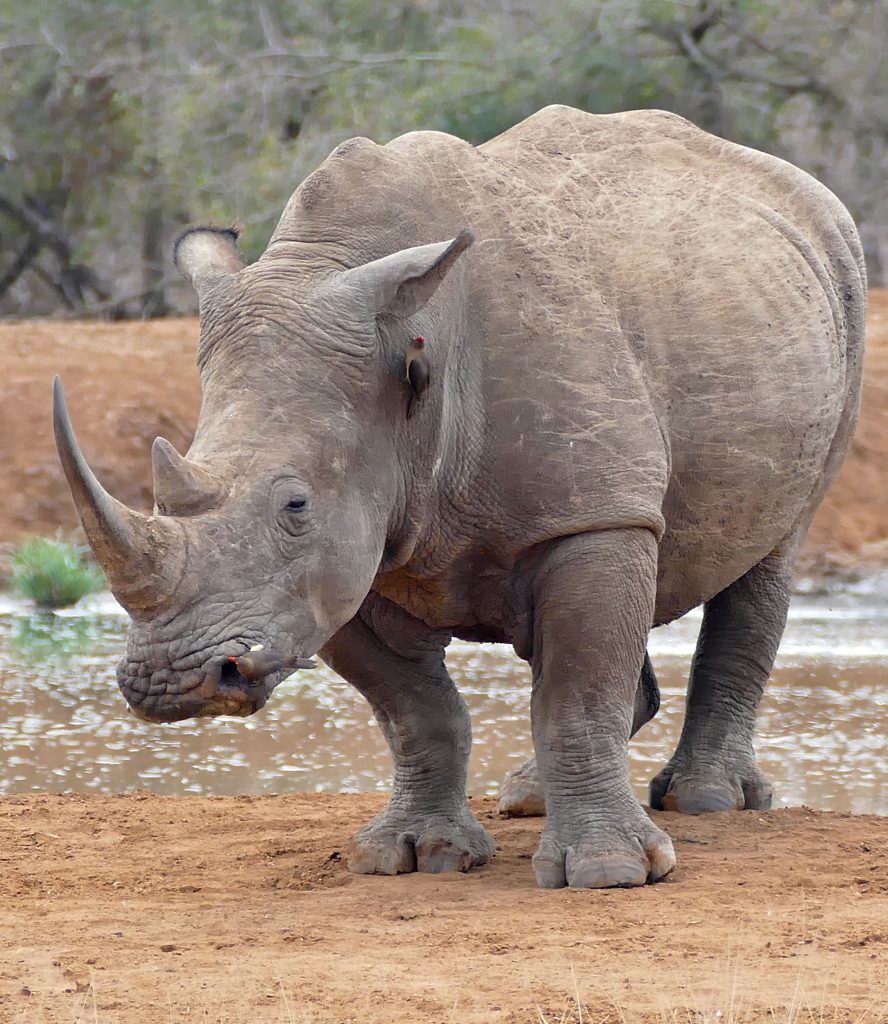Upemba national park had virtually all its large mammals poached, but it is coming back (below is a 3 minute video about this decline).
Just a couple of years ago, 16 members of the Bakata Katanga militia suprised a party of 4 rangers within the park (close to the Upemba base camp). Lying in the south-east of the DRC, this reserve once teamed with life. Tens of thousands of elephants, alongside lins zebra and many other species roamed free.
Continue reading “Restoring a DRC reserve from a ‘triangle of death’ back into a thriving wildlife reserve”







 Reedbuck is found in Southern Africa. It is a midsized
Reedbuck is found in Southern Africa. It is a midsized 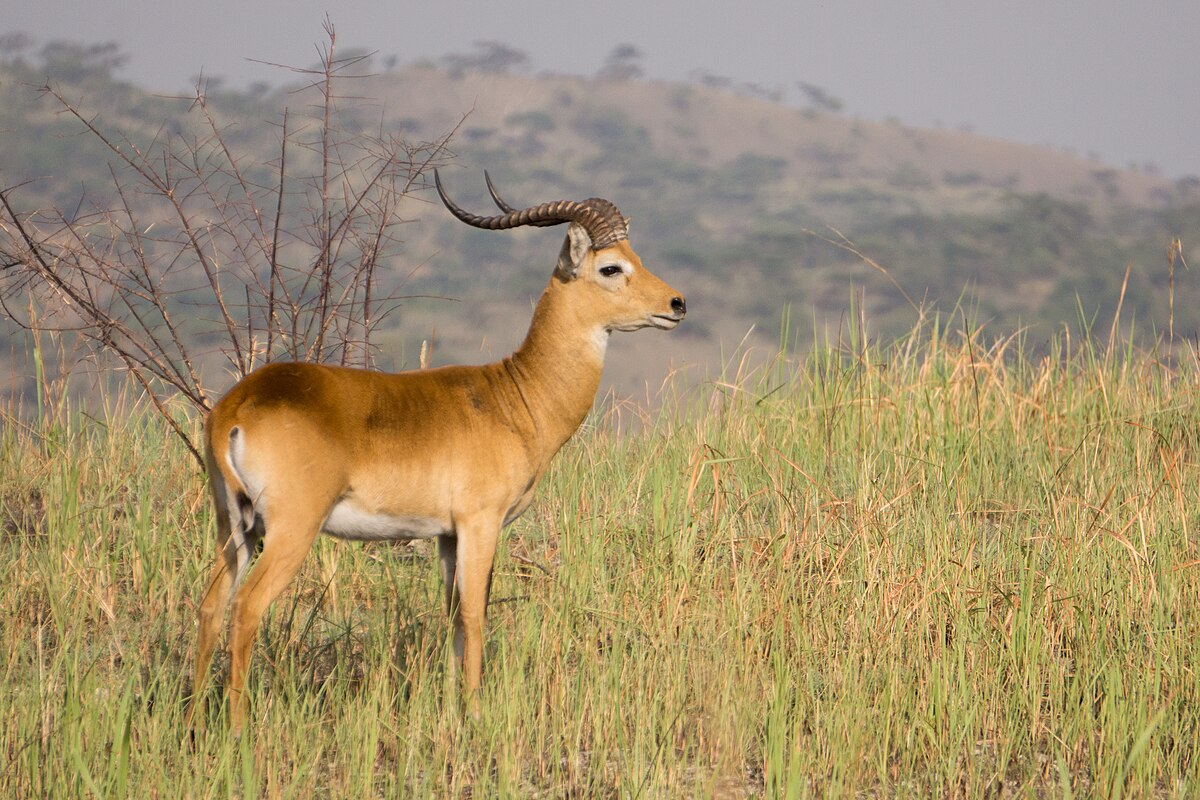

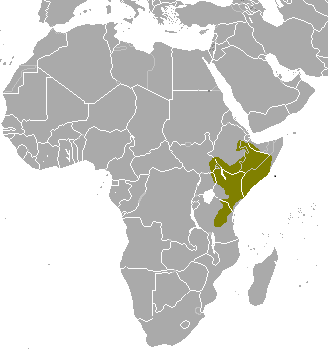
 The Nile lechwe or Mrs Gray’s lechwe is an endangered species of antelope found in swamps and grasslands in South Sudan and Ethiopia.
The Nile lechwe or Mrs Gray’s lechwe is an endangered species of antelope found in swamps and grasslands in South Sudan and Ethiopia.

 The puku is a medium-sized antelope found in wet grasslands in southern Democratic Republic of Congo, Namibia, Tanzania, Zambia and more concentrated in the Okavango Delta in Botswana. Nearly one-third of all puku are found in protected areas, zoos, and national parks due to their diminishing habitat (the issue here, is that these 2/3 are clearly at danger of disappearing if humans change their behaviour. They are currenly listed as not threatened
The puku is a medium-sized antelope found in wet grasslands in southern Democratic Republic of Congo, Namibia, Tanzania, Zambia and more concentrated in the Okavango Delta in Botswana. Nearly one-third of all puku are found in protected areas, zoos, and national parks due to their diminishing habitat (the issue here, is that these 2/3 are clearly at danger of disappearing if humans change their behaviour. They are currenly listed as not threatened


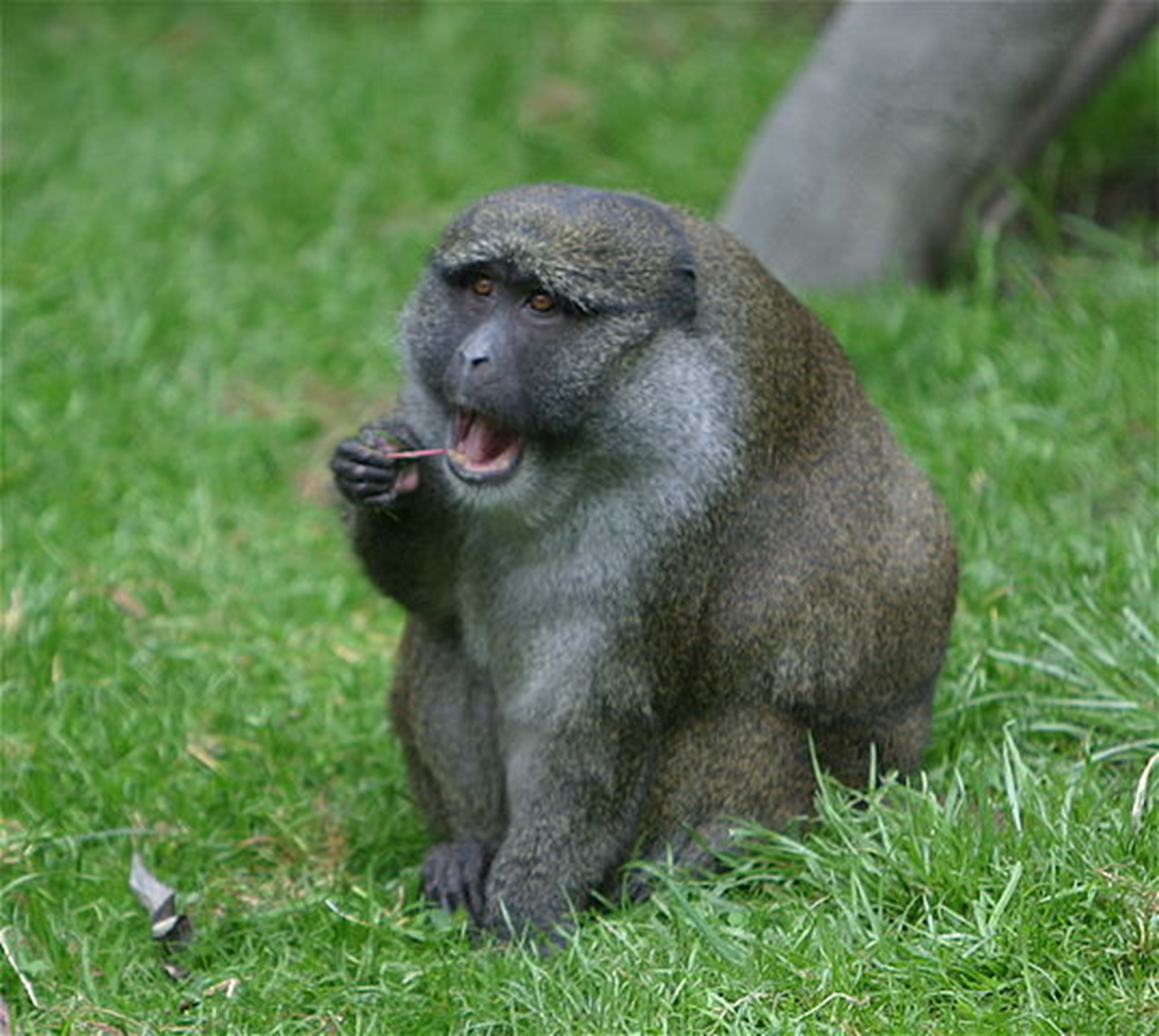






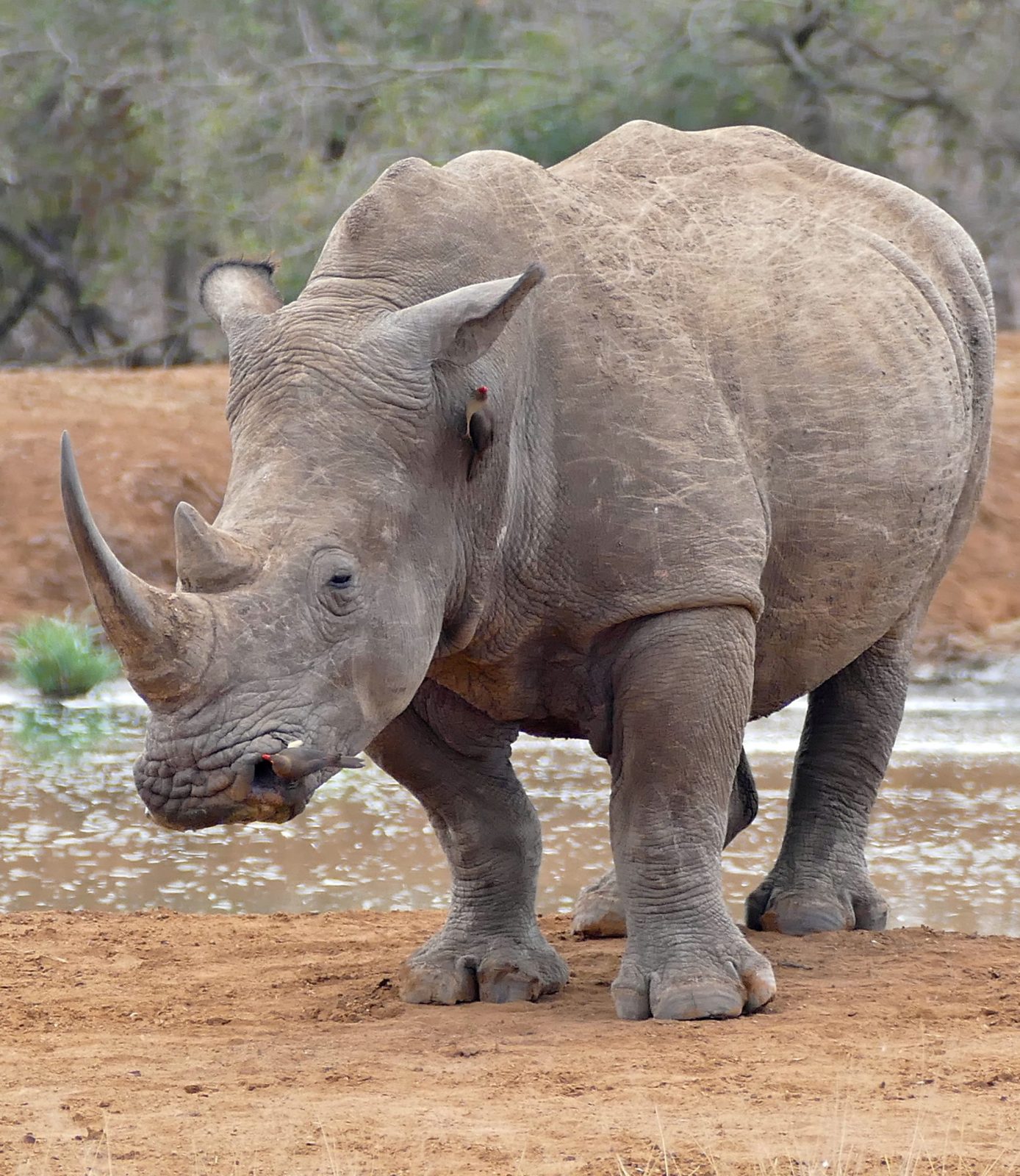


 Image by
Image by 
